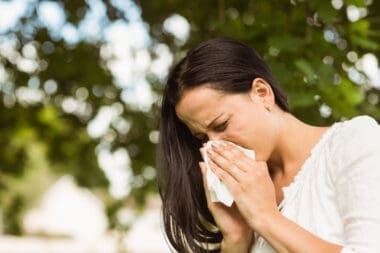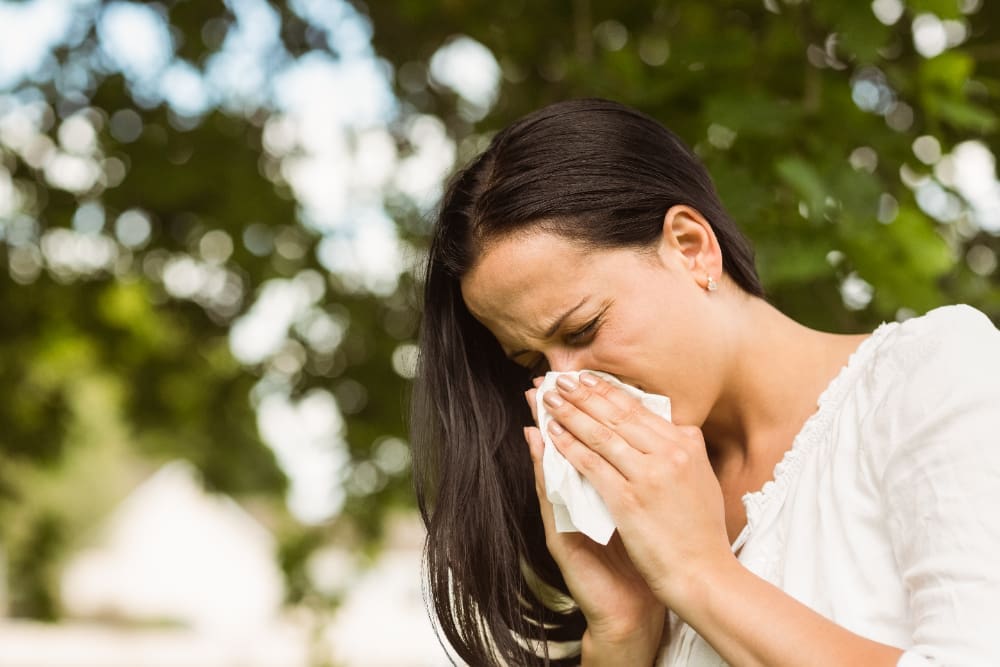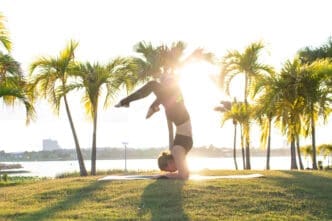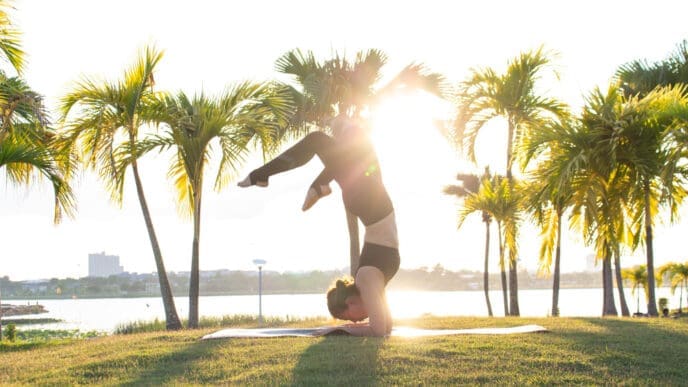Allergy season poses a significant challenge for millions of Americans, with pollen from trees, grass, and other sources triggering symptoms such as runny noses, itchy eyes, coughing, and sneezing. The severity of allergies can vary depending on one’s location, specific allergens, and lifestyle. Experts have noted that climate change is contributing to longer and more intense allergy seasons. However, advancements in treatments over the past decade have improved symptom management for many individuals.
Several cities are particularly challenging for allergy sufferers. The Asthma and Allergy Foundation of America annually ranks cities based on factors including over-the-counter medicine use, pollen levels, and the availability of allergy specialists. This year, Wichita, Kansas; New Orleans; Oklahoma City; Tulsa, Oklahoma; and Memphis are among the top five cities where managing allergies can be especially difficult.
Allergies are commonly triggered by three main types of pollen. In early spring, tree pollen dominates, followed by grass pollens, and then weed pollens in late summer and early fall. Common tree pollens include birch, cedar, cottonwood, maple, elm, oak, and walnut. Grass pollens such as Bermuda, Johnson, rye, and Kentucky bluegrass are also frequent culprits.
To minimize exposure to pollen, individuals can use pollen trackers to determine optimal times for outdoor activities. The American Academy of Allergy Asthma and Immunology provides pollen count data through a network of counting stations across the U.S., which is accessible on their website and via email.
Reducing pollen exposure is an effective strategy for managing allergies. Keeping windows closed in cars and homes can help, as can wearing long sleeves outside to prevent pollen from contacting the skin. Upon returning indoors, changing clothes, showering, and washing hair (or covering it with a hat or scarf outside) are recommended practices. It is also advisable to avoid bringing outdoor clothes into the bed and to rinse eyes and nose with saline to clear away pollen. Masks, which became common during the pandemic, can also reduce exposure to allergens, although they may not protect against eye symptoms.
For relief from allergy symptoms, over-the-counter nasal sprays are highly effective, but many users apply them incorrectly, which can irritate the nose. Experts recommend angling the spray nozzle outward toward the ear rather than straight up the nose. Allergy pills like Claritin, Allegra, and Zyrtec are also beneficial, though they may act slower because they are ingested. When allergy symptoms significantly affect daily life, such as causing sleep disturbances or concentration issues, consulting an allergist for immunotherapy might be beneficial.
Some alternative remedies have been debunked by experts. For instance, consuming local honey for allergy relief is ineffective, as the flowers pollinated by bees typically do not contain the airborne pollen causing symptoms.
Climate change is impacting allergy seasons, with milder winters and prolonged growing seasons resulting in increased pollen in the air and lengthier allergy seasons. Pollen counts, in many areas, have reached record highs. For example, in late March, the Atlanta Allergy and Asthma Center recorded a pollen count of over 14,000 grains per cubic meter, categorized as extremely high.














